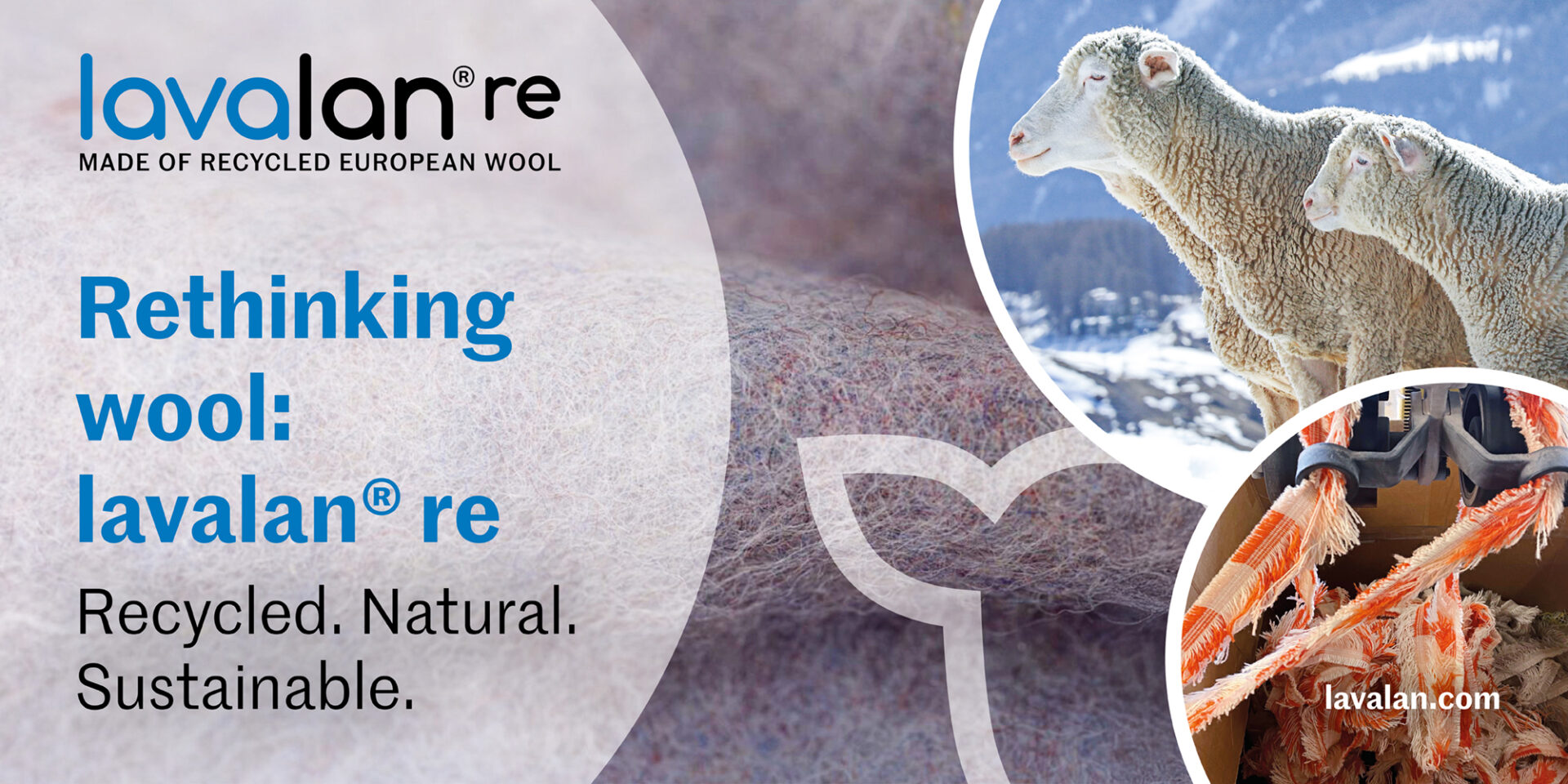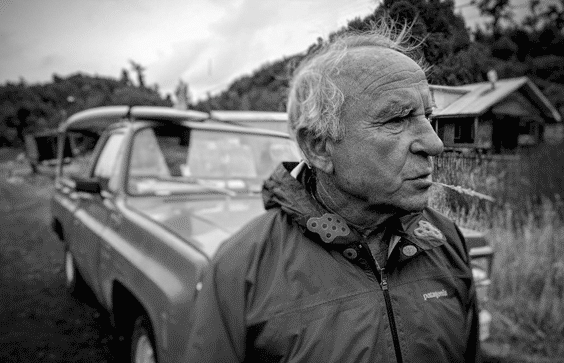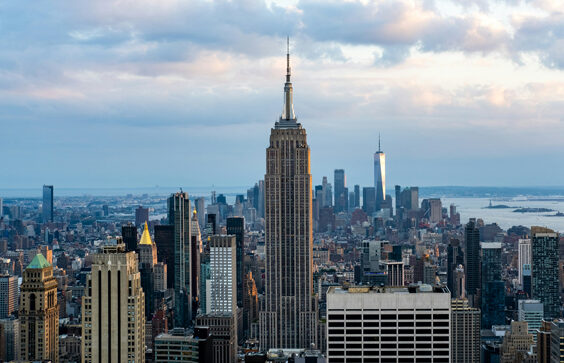
May 19, 2025 New report shows outdoor industry can drive systemic change, not just cut emissions
A report produced by a group of partner organizations presents the outdoor and sports sector as a driver of climate, health, and societal gains. With 2.5 gigatons in emissions savings and $1 trillion in healthcare benefits, the sector is positioned as a major contributor to systemic transformation.
A groundbreaking new report, Outdoor and Sports as a Leading Climate Solution Provider, unveils how the outdoor and sports sector can move far beyond its small carbon footprint to become a transformative force for climate action, health, and societal well-being. With the potential to drive over 2.5 gigatons of avoided CO₂ emissions by 2030, the sector is now positioned as a key player in shaping a regenerative, flourishing future for all. The report has been published by Mission Innovation, a global initiative catalysing action and investment in research, development and demonstration to make clean energy affordable, attractive and accessible for all. The report is supported by a range of partner organizations, including the United Nations Framework Convention on Climate Change (UNFCCC), the European Outdoor Group (EOG), and the World Federation of the Sporting Goods Industry (WFSGI).
“Can the outdoor and sports sector lead the way toward a new positive climate agenda? The answer is a resounding yes,” said Dennis Pamlin, Senior Advisor, RISE and Executive director, Flourishing lives 4 All, lead author of the report.
“This is not about marginal reductions—it’s about unlocking a vision where smart wardrobes, healthier lives, and better systems deliver both massive emissions cuts and a society rich in meaning, creativity and connection.”
From modest footprint to systemic handprint
While the sector’s direct emissions (approx. 10 million tonnes CO₂e) are relatively modest, its indirect handprint is monumental. The report highlights two primary mechanisms for impact:
Smarter wardrobes: promoting fewer, multifunctional, high-quality garments could reduce emissions by 100 million tonnes CO₂e through systemic shifts in production and consumption.
Flourishing lives: Investing in infrastructure and providing incentives for more active, low-carbon, experience-rich lives could avoid up to 2.5 gigatons of emissions, while dramatically improving mental and physical health.
“We must decide if we’re merely avoiding catastrophe or building a future where 8–11 billion people thrive,” said Massamba Thioye, of the UNFCCC Global Innovation Hub. “The outdoor and sports sector connects people to nature, promotes active lifestyles, and inspires low-carbon living. That is a climate solution with systemic reach.”
Economic and policy implications for societal transformation
Beyond carbon, the report outlines major economic benefits, including $1 trillion in potential healthcare savings by 2030 from reduced chronic illness and mental health issues linked to physical inactivity. Additionally, it presents a roadmap for policymakers, investors, and city planners to align infrastructure, education, and innovation systems with these benefits.
“The outdoor and sports sector has long made positive contributions, but it is time to accelerate and scale those positive impacts exponentially,” said David Ekelund, CEO of Icebug and President of the European Outdoor Group (EOG). “It’s time to integrate nature-connected lifestyles into policy and planning—from classrooms to city streets. This report is a roadmap for transformation.”
“We are facing a global inactivity crisis, with 31% of adults, that’s 1.8 billion people, not moving enough to stay healthy. The numbers for young people are even worse, with 81% deemed inactive,” added Emma Mason Zwiebler, CEO of the World Federation of the Sporting Goods Industry (WFSGI).
“Getting people to walk, cycle, or play sports isn’t just good for their health—it also helps the economy, protects the environment, and supports fairness in society. This report shows that being active can help address a broad range of pressing global issues.”
A call for integrated metrics and innovation clusters
The report calls on stakeholders to:
Expand the climate and innovation agenda to prioritize human needs, not just emissions reduction.
Create cross-sector clusters that connect sports, health, education, infrastructure, and finance.
Set new targets that measure success by quality of life and sustainability, not just carbon metrics.
Link climate and health policy to amplify social and economic returns.
This is more than a sector report. It is a manifesto for a flourishing future, urging a shift from risk and compliance to opportunity and vision.
“Let’s move the focus from reporting to delivering real solutions that improve people’s lives while reducing emissions in society,” said Pamlin.
“Let this be the spark for a movement that uses the power of outdoor and sports to build a world where everyone can live flourishing lives on a flourishing planet.”
Later this week the report will be presented at the UNFCC Systemic Innovation Workshop in São Paulo, Brazil the 23rd to ensure a strong momentum towards COP30 and during the fall workshops on the theme “Beyond reduction and compliance: Innovating business models for outdoor and sports as a positive contributor in society”.
Read the full report at Outdoor and sports as a leading climate solution provider.
About EOG
The European Outdoor Group (EOG) was founded in 2003 (formally constituted in 2005) by 19 of the world’s largest outdoor companies, all of which recognized the need for a cohesive, cross-border approach to representation of the outdoor sector. In a world of increasing internationalization, legislation, environment, the media and trade are all now multinational issues. The combined strength of the EOG’s membership of around 150 provides the group with an extremely powerful force to represent the European outdoor industry in a constructive and positive manner.
Visit www.europeanoutdoorgroup.com for more information.
Lead Photo:












